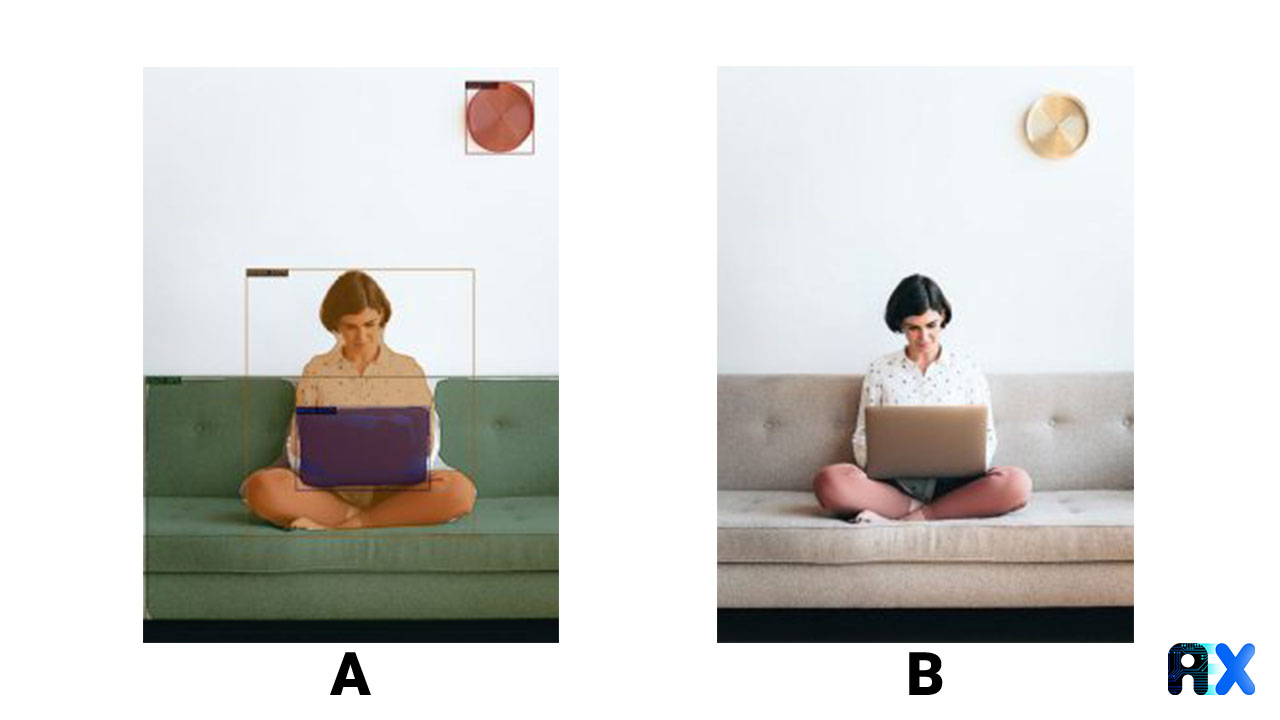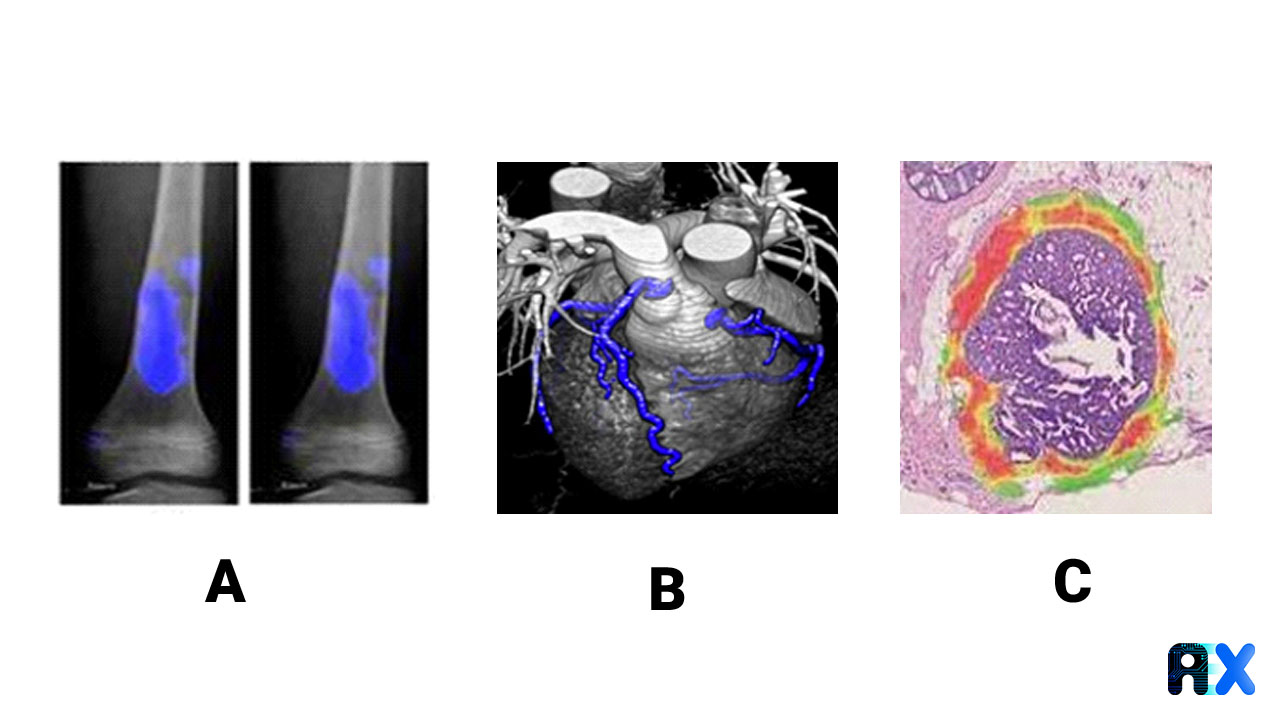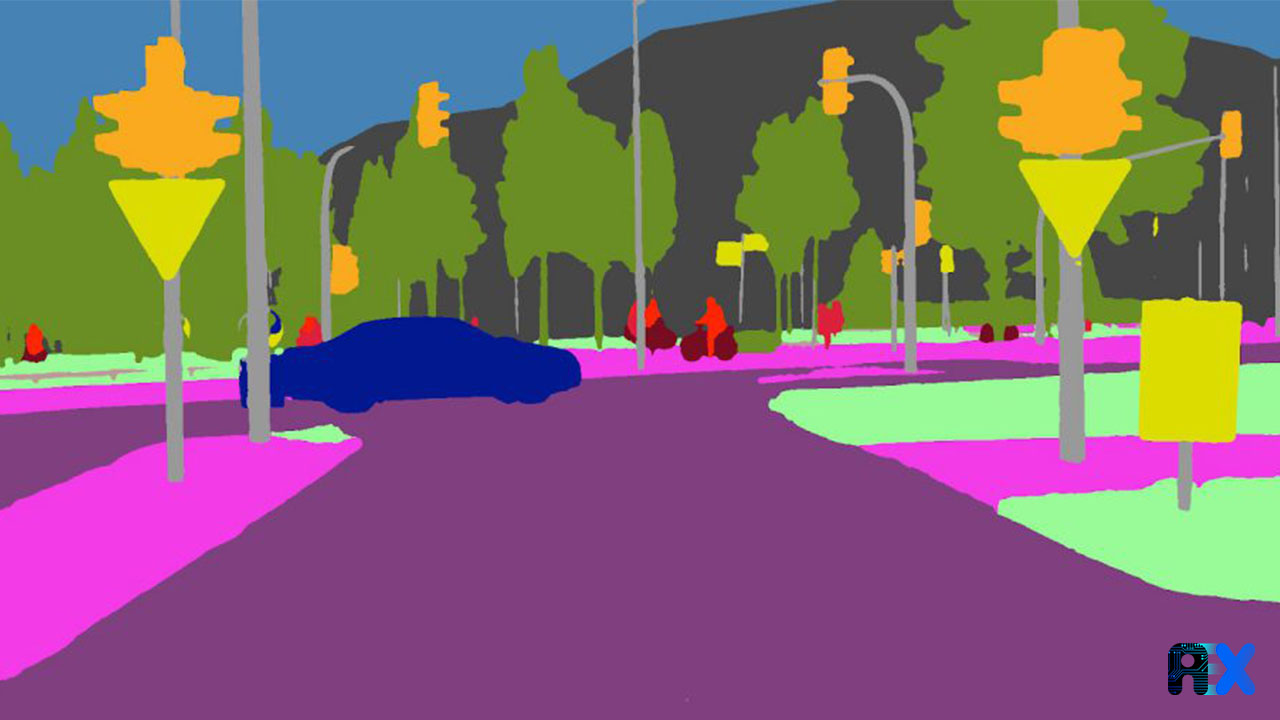Contact Info
133 East Esplanade Ave, North Vancouver, Canada
Expansive data I/O tools
Extensive data management tools
Dataset analysis tools
Extensive data management tools
Data generation tools to increase yields
Top of the line hardware available 24/7
AIEX Deep Learning platform provides you with all the tools necessary for a complete Deep Learning workflow. Everything from data management tools to model traininng and finally deploying the trained models. You can easily transform your visual inspections using the trained models and save on tima and money, increase accuracy and speed.
High-end hardware for real-time 24/7 inferences
transformation in automotive industry
Discover how AI is helping shape the future
Cutting edge, 24/7 on premise inspections
See how AI helps us build safer workspaces


Computer vision is a subfield of artificial intelligence, that gives us the ability to process digital images and videos to extract meaningful information using machine learning and deep learning. Image Classification, object detection, object tracking, and image segmentation are some of the processes we can perform on digital images using computer vision. We will discuss image segmentation in this article. In computer vision, image segmentation is the best choice when we are looking to differentiate between objects with the highest degree of accuracy.
In addition to detecting the objects present in an image, Segmentation aims to determine where and how the detected objects are placed in the picture.
To tell the model what we are looking for, we annotate the image by drawing a polygon around every object in the image at a pixel level and labeling it. The resulting model then easily detects and labels objects in images. In the example image below, the segmentation model detects objects such as the wall, clock, laptop, people, and sofa in the picture.


In Semantic Segmentation objects are only classified into predetermined classes, that’s to say if we have several of the same objects in the picture, all of them will be labeled as a class and there will be no clear distinction between them.
In this type of segmentation we differentiate between similar objects. Instance segmentation, recognizes each object in the image separately, and generates a mask for each object. This means that the model first focuses on the object type and then individually identifies each object’s instance.
Panoptic segmentation is a combination of Semantic and Instance segmentation, where each instance of an object is individually detected and labeled.
Image segmentation has important applications in various industries like Medical Imaging, Self-Driving Cars, Satellite Imaging, industrial inspection, etc.
Image segmentation can be used for tasks such as cancer cell segmentation or locating tumors and other pathologies. Image segmentation helps speed up diagnoses.

Self-driving cars have to identify roads, pedestrians, traffic signs, etc. to be able to execute appropriate commands and safely navigate to their destination. Image segmentation is therefore a key part of the software behind self-driving cars.

Image segmentation can precisely identify forests, mines, bodies of water, etc. in satellite images and track their changes over time.

Inspection and maintenance of industrial equipment is a very difficult and time-consuming task. Implementing Image Segmentation in the process can make failure detection significantly faster and safer.

1. https://labelbox.com/image-segmentation-overview
2. https://www.analyticsvidhya.com/blog/2021/03/introduction-to-image-segmentation-for-data-science/
3. https://www.mdpi.com/2075-4418/11/4/691/html
4. https://www.nature.com/articles/s41598-021-93889-z
5. https://medium.com/red-buffer/ai-in-computational-pathology-d05d8f9f3c03
7. https://www.mdpi.com/2072-4292/8/4/329/pdf?version=1460636417
8. https://onlinelibrary.wiley.com/doi/abs/10.1111/mice.12625
You can enter your email address and subscribe to our newsletter and get the latest practical content. You can enter your email address and subscribe to our newsletter.
© 2022 Aiex.ai All Rights Reserved.